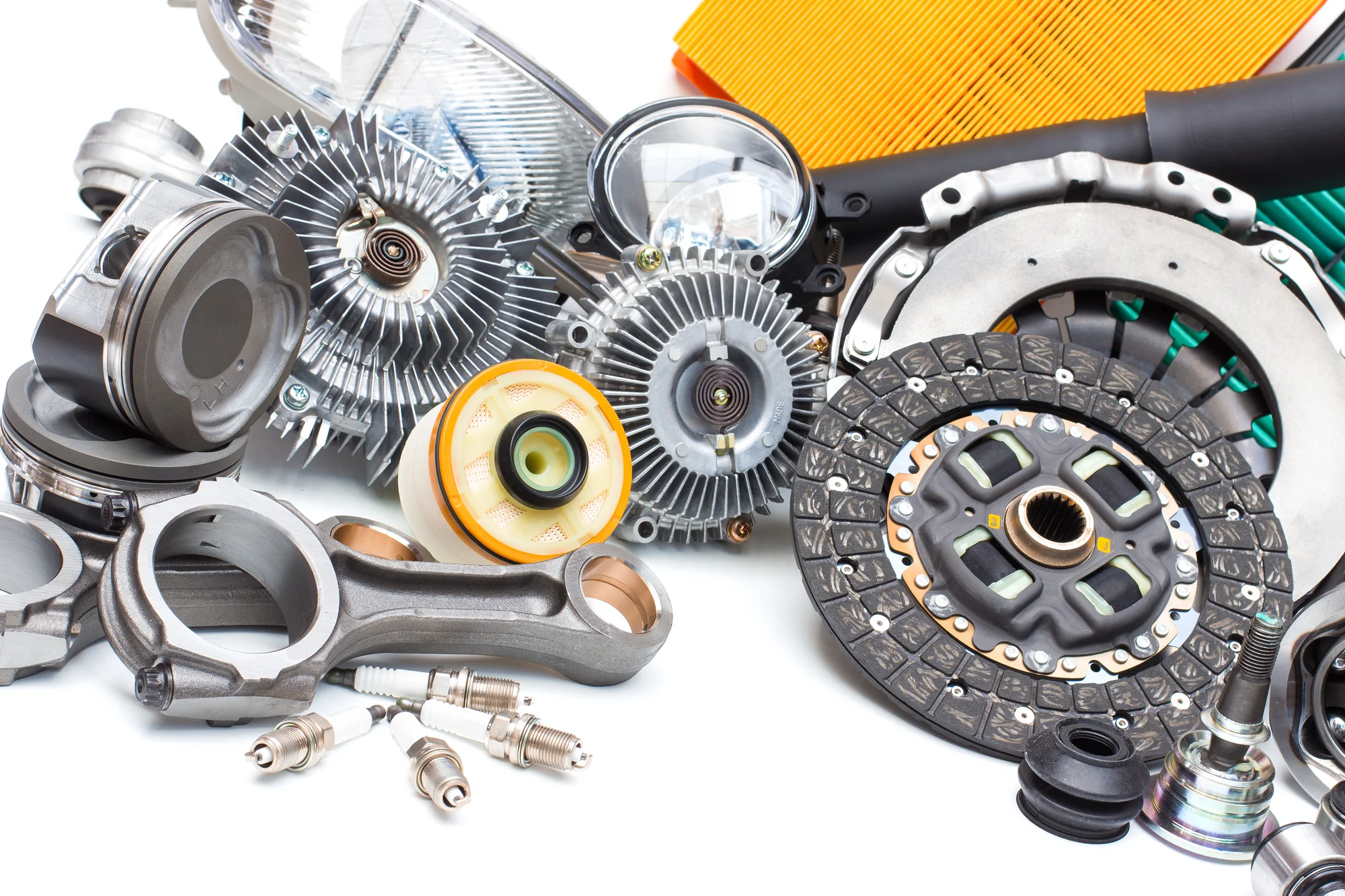Upgrading your Midpipe is one of the most effective ways to enhance your car’s sound and performance. Whether you’re chasing deeper exhaust tones, improved throttle response, or smoother airflow, installing a Midpipe can deliver all three. At Rvng RaceWorks, we design performance Midpipe systems that fit seamlessly, perform flawlessly, and elevate your driving experience. This guide walks you through everything you need to know to install a performance Midpipe — from preparation to final sound check.
Understanding What a Midpipe Does
Before diving into the installation, it’s important to understand the role of the Midpipe. Located between the downpipe and the rear section of your exhaust system, the Midpipe is responsible for directing exhaust gases out of the engine efficiently. A restrictive factory Midpipe can limit flow, dull sound, and reduce performance.
A performance Midpipe, like those offered by Rvng RaceWorks, replaces this bottleneck with smoother bends, optimized pipe diameter, and free-flowing design — improving sound, efficiency, and power delivery.
Tools and Materials You’ll Need
Having the right tools ensures a smooth and safe installation. Gather the following before you begin:
- Jack and jack stands or a car lift
- Socket wrench set
- Penetrating lubricant (like WD-40)
- New gaskets and bolts (often included with your Midpipe)
- Torque wrench
- Safety gloves and goggles
Pro Tip: If your car has high mileage, replace old exhaust hardware — rusted bolts can cause leaks and fitment issues later.
Step 1: Prepare the Work Area
Before installing the Midpipe, make sure your workspace is clean and safe. Lift the car using a hydraulic jack and place it securely on jack stands. Never work under a car supported by a jack alone. Allow the exhaust system to cool completely if you’ve driven recently — exhaust components can retain heat for hours.
Inspect your exhaust setup for rust, leaks, or damaged clamps. Cleaning the mating surfaces will ensure a perfect seal once the new Midpipe is installed.
Step 2: Remove the Stock Midpipe
Start by applying penetrating lubricant to the bolts connecting the Midpipe to the downpipe and rear exhaust section. Let it soak for a few minutes to make removal easier. Using a socket wrench, carefully loosen and remove the bolts or clamps securing the old Midpipe.
Once everything is unbolted, gently wiggle and slide out the factory Midpipe. Be cautious not to damage oxygen sensors or nearby components if your car is equipped with them.
Step 3: Compare the Old and New Midpipes
Before installing your new Midpipe, compare it with the factory unit. Check the alignment of flanges, hanger locations, and pipe length. Rvng RaceWorks Midpipe systems are designed for OEM-style fitment, meaning you won’t need to cut or weld anything. However, verifying fitment before installation ensures a hassle-free process.
Take a moment to admire the craftsmanship — our Midpipe systems feature precision TIG welds, mandrel-bent tubing, and optimized flow paths that maximize exhaust performance and tone.
Step 4: Install the New Midpipe
Position the new Midpipe under the car and loosely connect it to the downpipe and rear exhaust section using the provided hardware. Don’t fully tighten the bolts yet — leaving them slightly loose helps adjust the alignment later.
Once the Midpipe is in place, check for even spacing, correct hanger positioning, and proper alignment with the rest of the exhaust system. When everything looks perfect, begin tightening the bolts evenly from the front to the rear. Use a torque wrench to tighten them to the manufacturer’s specified torque settings to ensure a leak-free seal.
Step 5: Double-Check Connections and Fitment
After securing the Midpipe, inspect all clamps, gaskets, and joints. Ensure there’s no metal-on-metal contact with the underbody or heat shields. Any misalignment could cause rattles or exhaust leaks.
If your Midpipe includes a resonator or crossover section (like an X-pipe or H-pipe), make sure it’s centered properly to maintain balanced exhaust flow. This alignment also helps achieve the signature sound profile your Rvng RaceWorks Midpipe is designed to deliver.
Step 6: Lower the Car and Start It Up
Once the installation is complete and everything is tightened, carefully lower the car. Start the engine and let it idle while you inspect for leaks. Listen closely near connection points — a hissing sound could indicate a small leak that may need retightening.
After verifying there are no leaks, let the car warm up and take it for a short drive. Pay attention to throttle response, tone, and any vibration. You’ll immediately notice a deeper, more refined exhaust note and improved power delivery thanks to your new Midpipe.
Step 7: Post-Installation Maintenance
After about 100 miles of driving, recheck all bolts and clamps. Thermal expansion can slightly loosen connections during the first few heat cycles. Retorquing ensures your Midpipe maintains a perfect seal and continues performing at its best.
Clean your Midpipe occasionally with mild metal polish to keep it looking new — especially if it’s made of stainless steel or titanium.
Why Choose Rvng RaceWorks for Your Midpipe Upgrade
At Rvng RaceWorks, we engineer Midpipe systems that deliver exceptional sound, power, and reliability. Each Midpipe is crafted from premium T304 stainless steel or titanium, featuring mandrel bends and precision welds that optimize exhaust flow.
Whether you’re upgrading your G8X, F8X, or another performance car, our Midpipe systems offer a perfect fit and proven results. With the right combination of performance design and acoustic tuning, we ensure your build stands out for all the right reasons.
Conclusion
Installing a performance Midpipe is one of the most rewarding upgrades you can make to your car. It’s a straightforward modification that dramatically improves both sound and performance. With the right tools, patience, and a quality Midpipe from Rvng RaceWorks, you can unlock your car’s true potential and experience driving excitement like never before.
